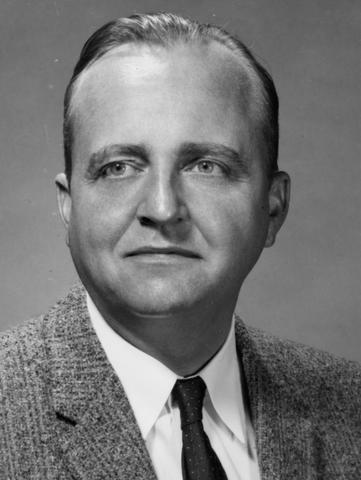Herman William Koch

1920-2020
Herman William Koch received his B.S. in physics and mathematics from Queens College, City University of New York, in 1941. He received his M.S. in 1942 and Ph.D. in 1944 from the University of Illinois. Koch assisted D.W. Kerst in building the first electron betatron, a kind of particle accelerator that has been used to create X-rays for radiation cancer treatments. He did his thesis research on radiation dose distributions and the thresholds for photofission, in which gamma rays trigger fission in an atomic nucleus. In 1944, he delivered the first 4.5 MeV betatron to London. Koch worked for Enrico Fermi in Chicago on the Manhattan Project in 1944 and 1945. He was hired as chief of the High Energy Radiation Section by L.S. Taylor and Edward Condon at the National Bureau of Standards (NBS, now the National Institute of Standards and Technology, NIST) in 1949 to install two betatrons in a dedicated new facility on the Washington, D.C., campus. Promoted to chief of the Radiation Physics Division in 1962, Koch supervised the staff of the division during the construction and move to the new Gaithersburg, Maryland, campus.
Notable honors and awards:
- Gold Medal, U.S. Department of Commerce, 1962
- Fellow, American Physical Society
- Fellow, Optical Society of America
Other positions and appointments:
- Assistant professor, physics, University of Illinois, 1944-49
- Research scientist, Clinton Laboratory, Oak Ridge, Tennessee, 1945-46
- Executive director, American Institute of Physics, 1966-87
Research interests: management and operations of research programs for betatrons and other accelerators; theoretical and experimental research on high-energy electron bremsstrahlung radiation; calculations of the radiation shielding properties of different materials; large single-crystal spectrometers

